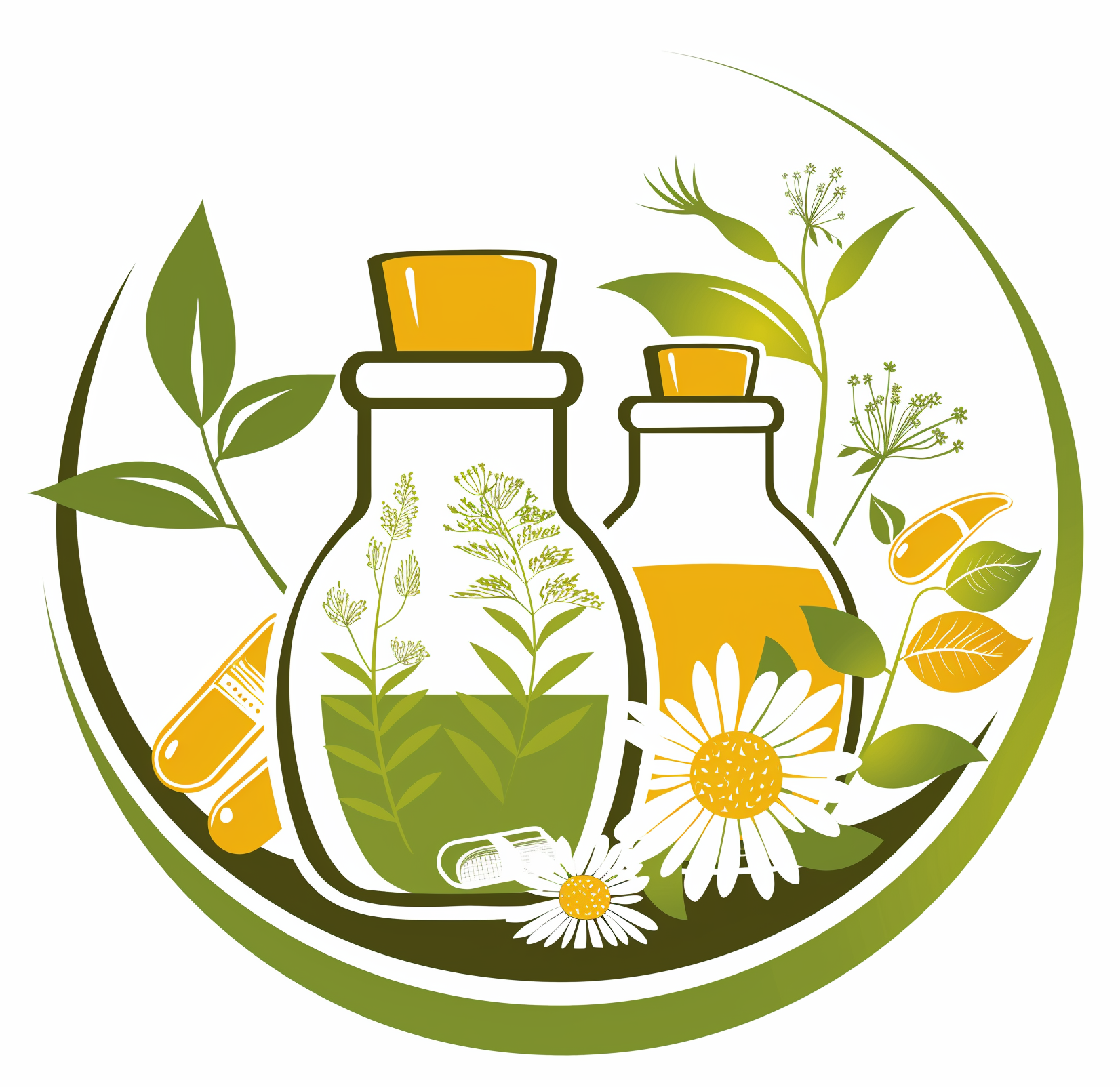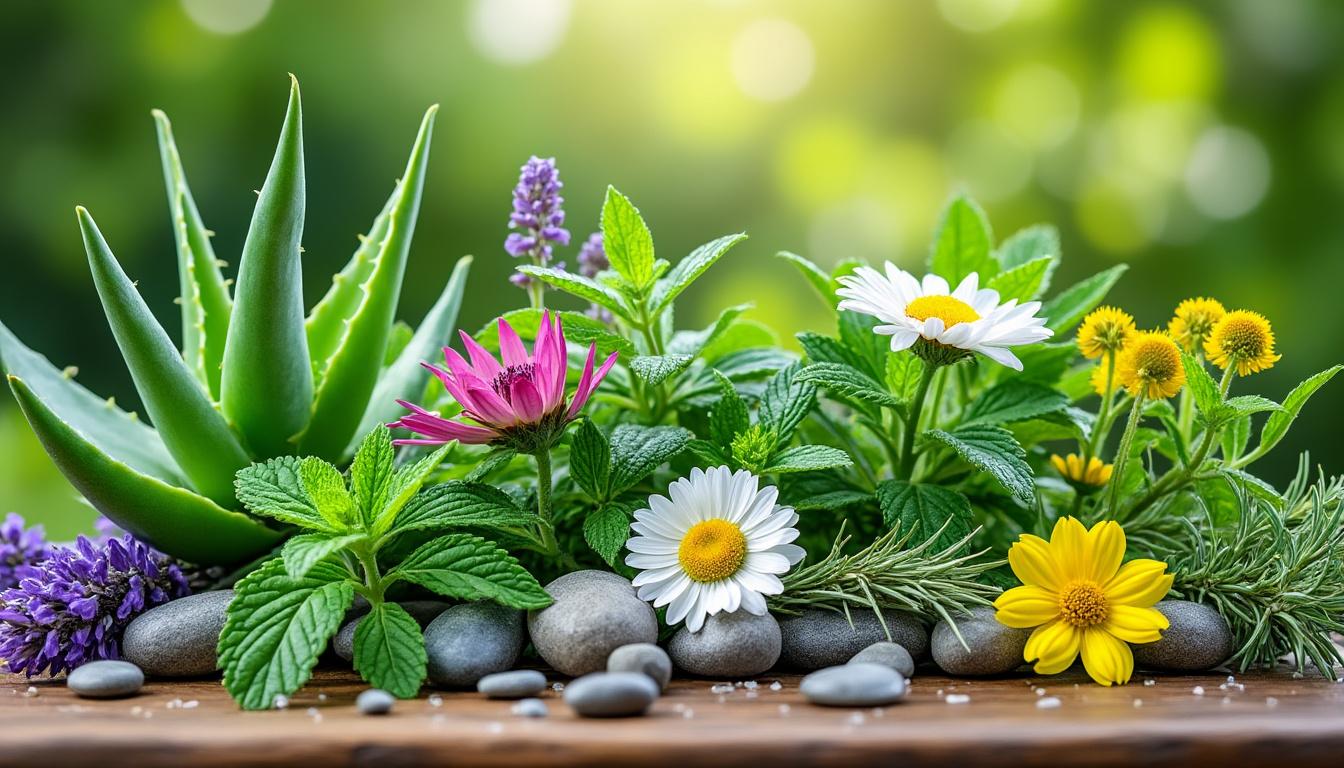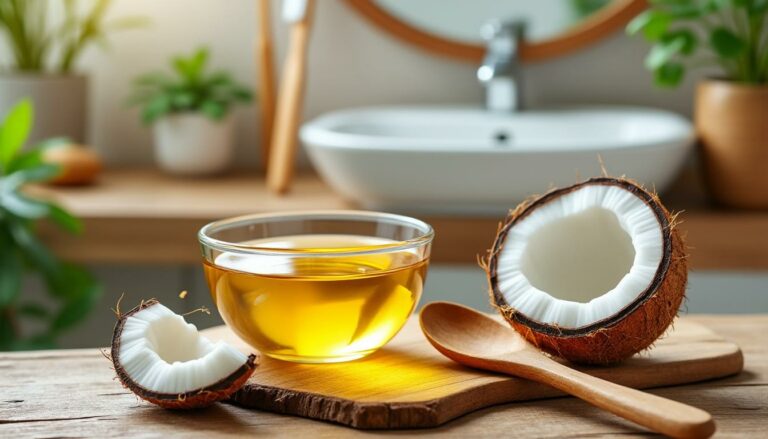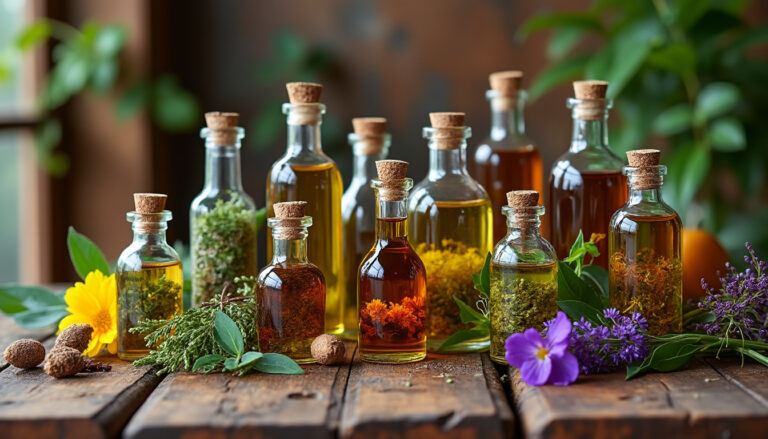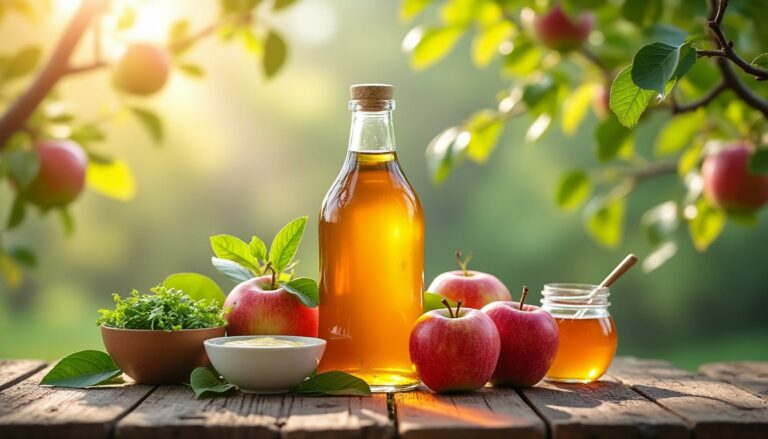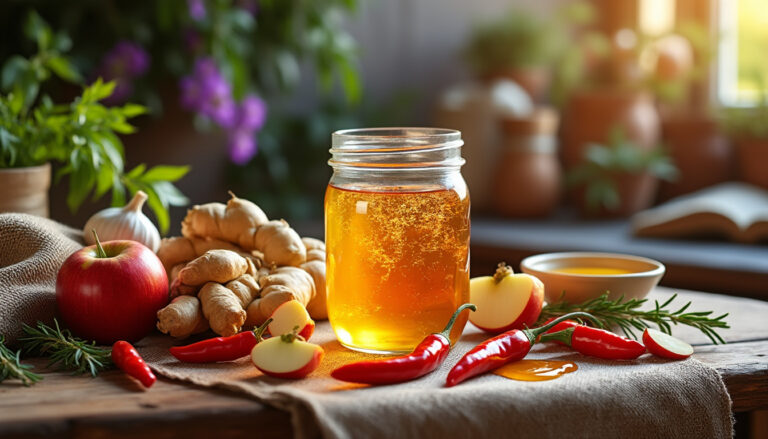What is a healing herb? Top ten plants and their uses
When a cough lingers, a scrape stings, or nerves won’t settle, many people instinctively reach for over-the-counter remedies. Yet that quick fix can come with hidden additives, rising costs, and a nagging sense of dependence.
The confusion only grows when labels shout “natural” while fine print hides side-effects and supply chain issues. A cabinet full of half-used bottles often leaves you no closer to true self-reliance.
A clear grasp of what makes a healing herb effective—plus ten time-tested plants you can grow, brew, or blend yourself—puts control back in your hands and trims your health routine to the essentials.
Understanding “Healing Herb” for Everyday Self-Reliance
Botanically speaking, a healing herb is any non-woody plant whose leaves, flowers, roots, or seeds provide therapeutic action. This can range from soothing skin to balancing mood. Traditional knowledge, field observation, and modern peer-reviewed studies all contribute to the definition. For a deeper dive into foundational principles, see this holistic health overview.
- 🌱 Whole-plant synergy — compounds often work better together than in isolation.
- 🔬 Evidence spectrum — human trials, lab tests, and centuries of folk use each add a layer of credibility.
- ⚖️ Safety first — herbs are potent; dosage, interactions, and sourcing matter.
| Key Term 😊 | Simple Definition 📚 | Why It Matters 💡 |
|---|---|---|
| Infusion | Hot-water steep, like tea | Extracts delicate vitamins |
| Decoction | Long, gentle simmer | Pulls minerals from roots/bark |
| Tincture | Alcohol extract | Concentrated, shelf-stable |
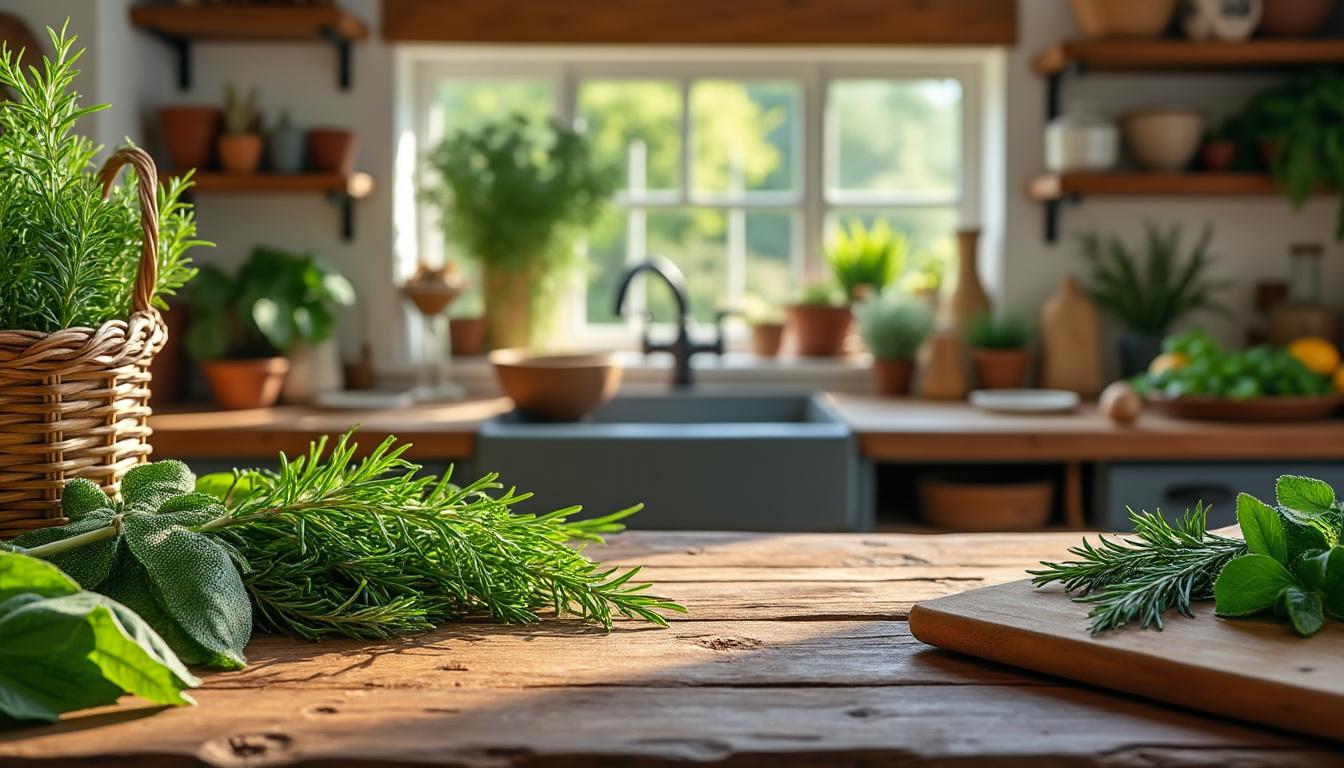
Top 10 Healing Herbs and Their Practical Uses
Each plant below is easy to source, simple to prepare, and backed by tradition plus emerging research. Links throughout lead to step-by-step tutorials or supply guides on Self-Reliant Wellness.
Aloe Vera: First-Aid Succulent
Juicy inner gel cools burns, rashes, and minor cuts almost instantly. Drinkable preparations may soothe heartburn, though high doses can act as a laxative.
- 🧴 Slice a mature leaf, scoop gel, apply directly to skin.
- 🥤 Blend 1 Tbsp gel into smoothies for occasional digestive support.
- ⚠️ Avoid the yellow latex layer if pregnant; it’s a strong purgative.
Echinacea: Immune Primer
Best taken at the first tickle in the throat. Short-term use may shorten cold duration according to small 2023 meta-analyses.
- 🌼 Infuse petals and roots for a vibrant pink tea.
- 💧 Craft a 1:5 alcohol tincture for long-term storage.
- 🚫 Limit continuous use to two weeks to prevent immune fatigue.
| Preparation | Ratio | Daily Max 🎯 |
|---|---|---|
| Tea | 1 tsp dried herb : 1 cup water | 3 cups |
| Tincture | 1 g herb : 5 ml alcohol | 2 ml |
Lavender: Calming Aromatic
Few scents lower nervous tension as quickly. Oral capsules (80 mg) performed well against placebo in a 2024 anxiety study.
- 🛌 Add 5 drops essential oil to a diffuser before bed.
- 🫖 Brew buds with chamomile for a double-calming nightcap.
- ❗ Patch-test oil; some skins react.
For quick topical blends, explore this guide to herbal poultices.
Chamomile: Gentle Digestive & Sleep Ally
Well-known for bedtime tea, chamomile also eases bloating and menstrual cramps.
- 🌙 Steep 2 tsp flowers 5 minutes; sip warm.
- 🌾 Combine with oats in a DIY oatmeal bath for irritated skin.
- ⚠️ Skip if allergic to ragweed.
Peppermint: Cooling Relief
Menthol vapors open sinuses, while leaf infusions may reduce IBS discomfort.
- 🌬️ Inhale steam from crushed leaves in hot water.
- 🍃 Chew fresh sprigs post-meal for quick breath refresh.
- ⚠️ Essential oil is potent; dilute 1:4 carrier oil for skin use.
Ginger: Warming Circulation Booster
Chewing raw slices curbs nausea; powdered ginger ranks high for arthritis support thanks to anti-inflammatory gingerols.
- 🚗 Pack candied ginger for motion-sickness-prone travel.
- 🥄 Simmer 1 tsp powder in bone broth for a spicy winter tonic.
- ⚠️ Monitor if on blood thinners.
Turmeric: Golden Anti-Inflammatory
Curcumin’s bright pigment fights oxidative stress but absorbs poorly alone.
- 🍛 Pair with black pepper (piperine) to boost uptake by 2000 %.
- 🥛 Whisk into warm coconut milk for a “golden latte.”
- ⚠️ High doses may thin blood; consult your practitioner first.
Discover more joint-supporting recipes in our Fire Cider immunity guide.
Sage: Antimicrobial Gargle
Astringent leaves tighten tissues and fend off germs—ideal for sore throats and gum health.
- 🦷 Swish cooled sage tea twice daily.
- 🍗 Use as a poultry rub to extend fridge life naturally.
- ⚠️ Thujone in essential oil can be neurotoxic at high doses—stick to tea.
Basil: Adaptogenic Kitchen Staple
Especially holy basil (Tulsi) supports adrenal balance and blood sugar regulation.
- 🌿 Sip fresh-leaf tulsi infusion mid-afternoon for steady energy.
- 🍅 Blend Italian basil into pesto for antimicrobial punch.
- 🛡️ For seed saving tips, visit Easiest Herbs to Grow.
St. John’s Wort: Mood-Brightening Blooms
Traditionally used for mild depression, its hypericin content interacts with many medications.
- 🌞 Infuse flowers in olive oil for a bright-red topical salve that eases nerve pain.
- 💊 Standardized capsules (0.3 % hypericin) often start at 300 mg, 3×/day.
- ⚠️ Avoid if taking SSRIs, birth control, or transplant drugs.
| Herb 🌿 | Main Benefit ✅ | Fast Prep Method ⏱️ | Key Caution ⚠️ |
|---|---|---|---|
| Aloe Vera | Skin repair | Fresh gel | Avoid latex layer |
| Echinacea | Immune boost | Tincture | Short-term use |
| Lavender | Calm nerves | Aromatherapy | Possible rash |
| Chamomile | Sleep aid | Tea | Ragweed allergy |
| Peppermint | Sinus relief | Steam inhalation | Oil skin irritant |
| Ginger | Nausea help | Chew raw | Blood-thinner |
| Turmeric | Anti-inflammatory | Golden milk | High-dose bleeding |
| Sage | Oral health | Gargle | Oil neurotoxic |
| Basil | Adaptogen | Infusion | None noted |
| St. John’s Wort | Mood support | Capsule | Drug interactions |
Need reputable sources? Check out where to buy medicinal herbs or learn to harvest safely with our wild-herb field guide. For broader lifestyle shifts, start with Self-Reliant Living for Beginners.
Quick-Start Checklist to Build Your Herbal Cabinet
- 📒 Keep a dosage journal—track date, form, amount, and effect.
- 🛒 Source organic, third-party-tested bulk herbs when possible.
- 👩⚕️ Cross-check new herbs against current medications.
- 🔪 Store roots and barks in airtight glass; leaves in paper bags away from light.
- 🌿 Grow at least three easy staples (mint, basil, sage) for fresh supply.
FAQ: People Also Ask About Healing Herbs
- Can these herbs replace prescription drugs?
Always consult a healthcare provider first. Some herbs complement conventional treatment; others interact adversely. - How long before benefits appear?
Topical relief (Aloe, Lavender) can be immediate; systemic effects (St. John’s Wort, Basil) may take 2–6 weeks. - Is drying herbs at home safe?
Yes—air-dry bundles in a dark, ventilated space until stems snap crisply, then store in sealed jars. - What’s the shelf life of homemade tinctures?
High-proof alcohol tinctures remain potent for 3–5 years when kept cool and dark. - Are pets safe around these plants?
Cats and dogs can react to Peppermint, Sage, and St. John’s Wort; keep fresh and dried materials out of reach.
Brew a cup, rub a salve, or garnish tonight’s dinner: each small step with a healing herb nudges you closer to confident, resilient living.
